Table of Contents
Introduction
Vaporizing herbs is all about control, efficiency, and enjoying the full spectrum of benefits your plant has to offer. But one question every vaporist eventually asks is: “When exactly should I refill my vaporizer?”
Unlike smoking, where visual cues are obvious (the joint is gone), vaporizing produces subtler signs. Timing your refill right helps you:
- Get the most out of your herbs
- Maintain consistent effects
- Avoid wasting material or overconsumption
This guide covers everything you need to know about when to refill your vaporizer—whether you use a manual device like the Vapman, a convection-style vaporizer like the Lotus, or an electric desktop unit. We’ll help you read your device, your herb, and your body like a pro.
Why Refill Timing Matters
Knowing when to reload your bowl isn’t just about “running out.” Refill timing plays a critical role in how effective, smooth, and enjoyable your entire session is. Here’s why:
Efficiency
Overheating spent herb can release unwanted byproducts or degrade flavor. Fresh bowls deliver cleaner, more consistent vapor.
Effectiveness
If your material is fully extracted, you may keep inhaling without benefit—wasting energy and time. Refilling at the right moment ensures you get every active compound in balance.
Ritual Flow
Mindful refilling allows you to pause, reflect, and re-engage—helping you build a more intentional practice around each session.
Let’s start with the most obvious cues: what your herbs and vapor physically look like.
Visual Signs It’s Time to Refill
One of the clearest ways to know when it’s time to refill is by simply observing the condition of your used herb. After a session, open your vaporizer and examine the bowl. You’ll often find all the information you need.
Color Change
Fresh herbs start vibrant—green or green-brown depending on the strain or plant. As you vaporize, the color gradually shifts. When your herbs turn a uniform light to medium brown, most active compounds have been extracted.
Signs to look for:
- Light brown: You’re nearing full extraction but may still get 1–2 draws
- Dark brown: Time to refill; effects have mostly faded
- Black or charred: You’ve gone too far—likely due to overheating or combustion
Texture & Feel
Used herb feels dry, brittle, and crumbly compared to fresh material. When rubbed between your fingers, it should turn to dust without resistance. If it still feels sticky or springy, you haven’t finished the bowl.
Aroma Loss
One of the joys of vaporizing is the aroma of each draw. As the session progresses, the smell becomes weaker. When your bowl produces little to no aroma—especially when gently stirred—it’s a strong signal you’ve extracted most of the volatile terpenes and cannabinoids.
Evenness of Cook
Check for consistency. A well-cooked bowl should show an even brown color throughout. If one side is dark and the other green, your material was unevenly heated—stir, adjust your technique, or finish extracting before refilling.
These visual checks apply to all types of vaporizers—manual or electronic. Devices like the Vapman and Lotus allow for real-time inspection mid-session, making it easy to build visual awareness over time.
Flavor and Vapor Quality Clues
Even if you don’t open your device, your taste buds and vapor density offer reliable signs that it’s time to refill.
Loss of Flavor
Terpenes are the first compounds to vaporize—and they carry most of your herb’s taste. When vapor becomes flavorless, bland, or tastes slightly burnt, the herb is likely done or overheated.
Thinner Vapor
If your vapor was dense and now feels like warm air—even at the same temperature—it’s a strong indication that you’ve exhausted the plant’s essential oils and cannabinoids.
Stirring Has No Effect
Sometimes a quick stir can refresh flavor by exposing unvaporized material. But if stirring no longer revives vapor density or taste, the bowl is spent.
In this related guide, you’ll find more on troubleshooting vapor loss if it’s not due to an empty bowl.
Effect-Based Signs: Feeling the Difference
Sometimes it’s not the herb or the vapor—but your body—that gives the clearest indication it’s time to reload. This is especially true for those vaporizing cannabis, CBD, or calming herbs like chamomile or valerian.
Mental Clarity Returns
If your mind was hazy, creative, or calm and you suddenly feel “normal” again—it may not be a placebo. Most vaporized effects last 15–45 minutes, depending on the herb and dosage. A shift in mental state can signal the session is winding down.
Desired Effect Fades
If you’re using your vaporizer to aid sleep, manage anxiety, or relieve tension—and that benefit fades more quickly than expected—your herb may be spent or partially extracted. Consider stirring, raising the temperature slightly, or refilling.
Physical Weight Lifts
For body-focused herbs (like cannabis or blue lotus), many users describe a “weight” or heaviness that fades once the bowl is depleted. If your limbs feel lighter or the body buzz diminishes, the effect may be passing with the vapor.
Refill Timing Tips & Best Practices
Refilling isn’t just a technical reset—it’s an opportunity to pause and adjust. Here are a few practical strategies to build into your vaporizing practice:
1. Use Smaller Loads, More Often
Instead of packing to the brim, try using smaller amounts with more frequent refills. This ensures even extraction, cleaner vapor, and more control over your intake.
2. Stir Before You Reload
Before refilling, stir your current bowl once and take one or two test draws. Sometimes, herbs that appear spent still have usable compounds trapped underneath. Stirring improves airflow and extraction.
3. Refill as a Ritual Pause
Refilling is a natural pause point. Use it to check in with your body and intention. Are you chasing more effect—or are you satisfied? Let your refill reflect awareness, not just repetition.
4. Watch Heat Zones
If using a manual flame-powered device like the Lotus Vaporizer, keep heat zones even and avoid scorching. The clearer your technique, the easier it becomes to detect when the herb is truly spent.
Want to fine-tune your sessions even more? Our guide on how often to inhale covers breath timing, technique, and dosage awareness.
Common Mistakes to Avoid When Refilling
Even experienced users occasionally misread when a bowl is spent—or refill too soon. Here’s how to avoid common errors:
Refilling While Herb Is Still Active
If your material is still green or golden, you’re likely wasting active compounds by dumping it too early. Always check color, texture, and taste first.
Overpacking the Bowl
A freshly refilled bowl that’s packed too tightly restricts airflow. This can lead to uneven extraction, frustration, and even overheating.
Not Cleaning Between Refills
Residue and darkened crumbs can affect flavor and airflow. Even a quick brush or tap between refills improves purity and performance.
Repeating Without Purpose
Don’t refill just because the habit says so. Ask: Am I still benefiting? Or am I chasing diminishing returns?
Conclusion
Refilling your vaporizer is a subtle but essential part of the herbal experience. By learning to read your herb, your vapor, and your body, you gain more than efficiency—you gain presence. Each refill becomes a conscious choice to continue, rather than a default repetition.
Use visual, taste, and effect-based signs to guide your timing. Stir before you reload. Keep your sessions intentional. And choose a vaporizer—like the Vapman or Lotus—that gives you real control over heat, airflow, and ritual.
Refill when the moment is right—not just when the bowl is empty.
About the Author

Michael, Founder & CEO of INHALE Vaporizers
Driven by a passion for clean, mindful vaporization, Michael leads INHALE in crafting elegant and sustainable tools like the Vapman and Lotus. With a deep focus on function, ritual, and natural wellness, INHALE helps people reconnect with the power of plants—one breath at a time.
📩 support@nowinhale.com | Contact us



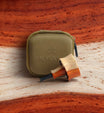


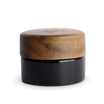
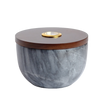
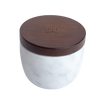
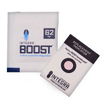
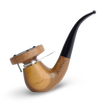

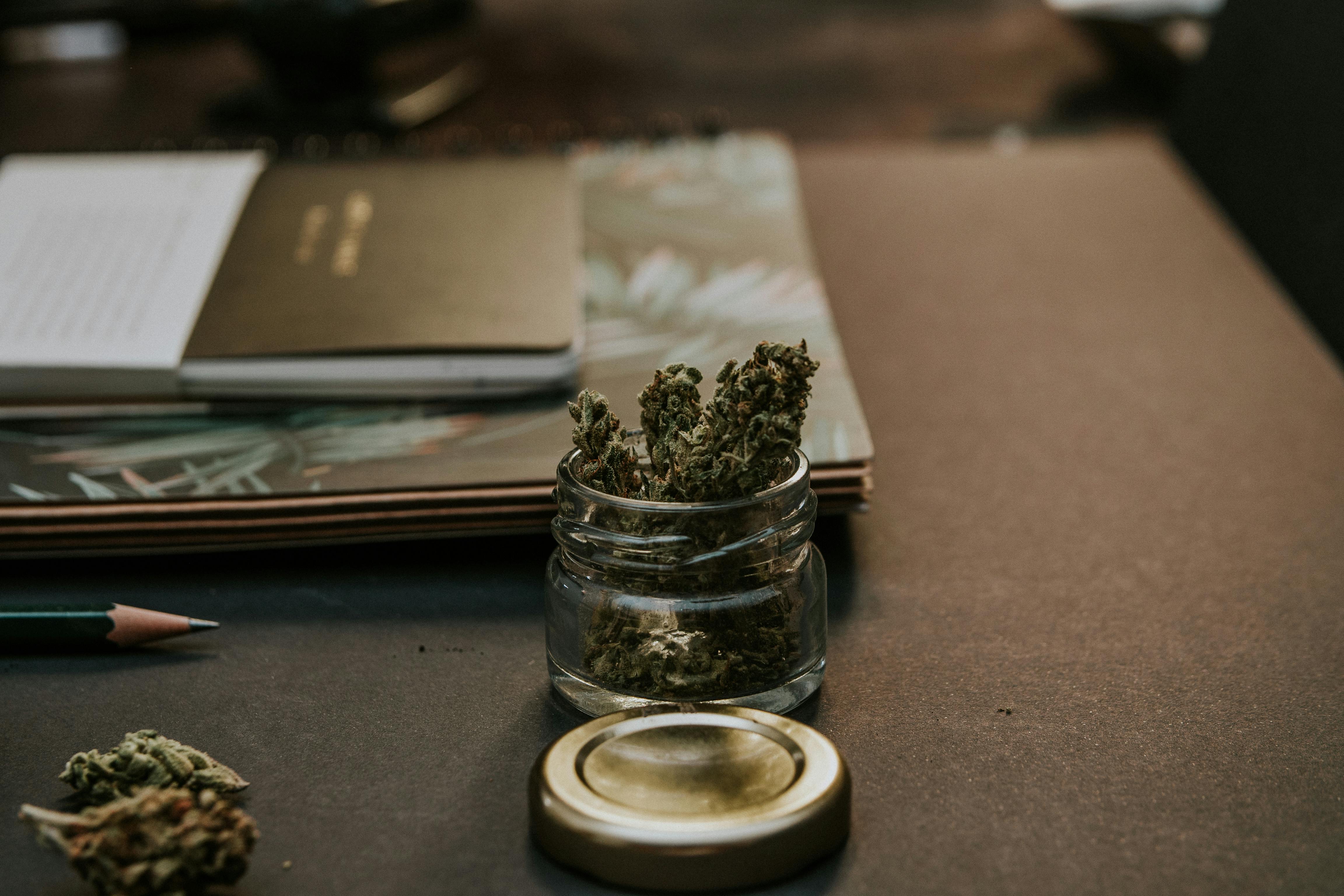
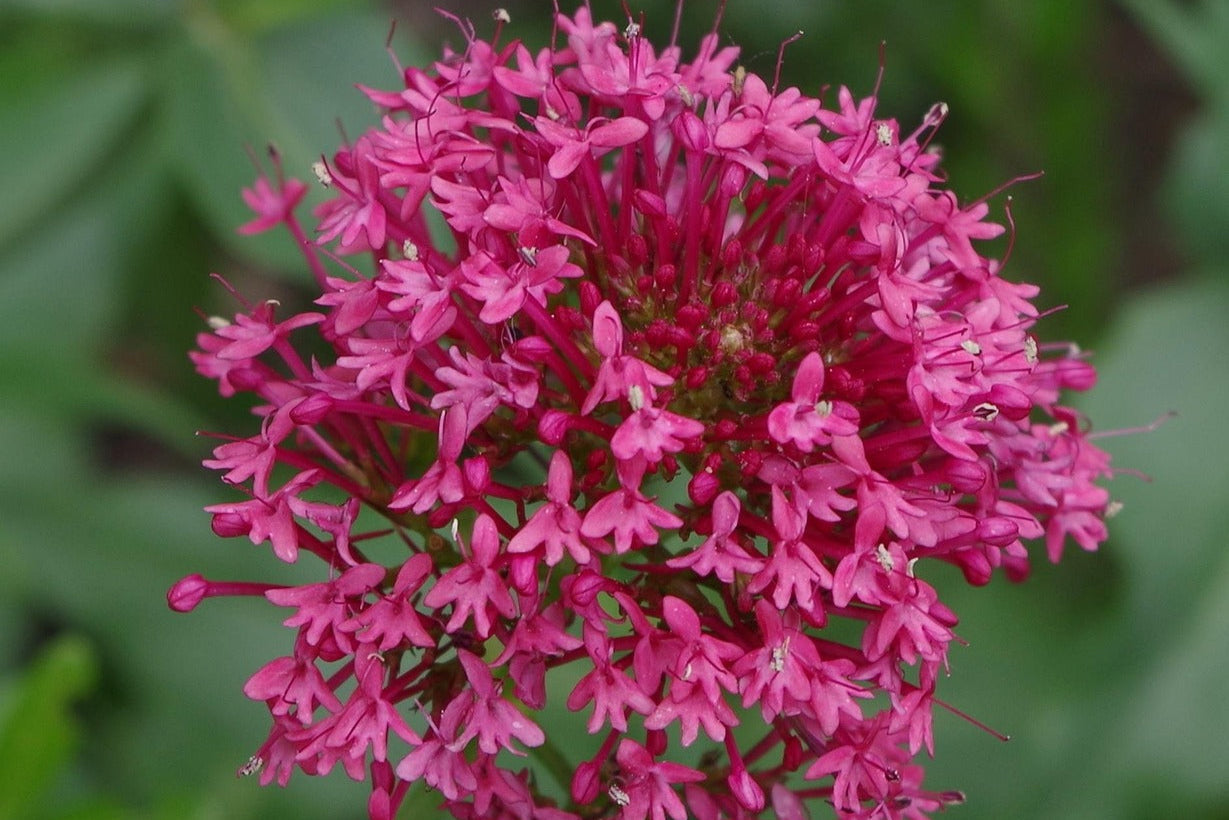


Leave a comment
All comments are moderated before being published.
This site is protected by hCaptcha and the hCaptcha Privacy Policy and Terms of Service apply.